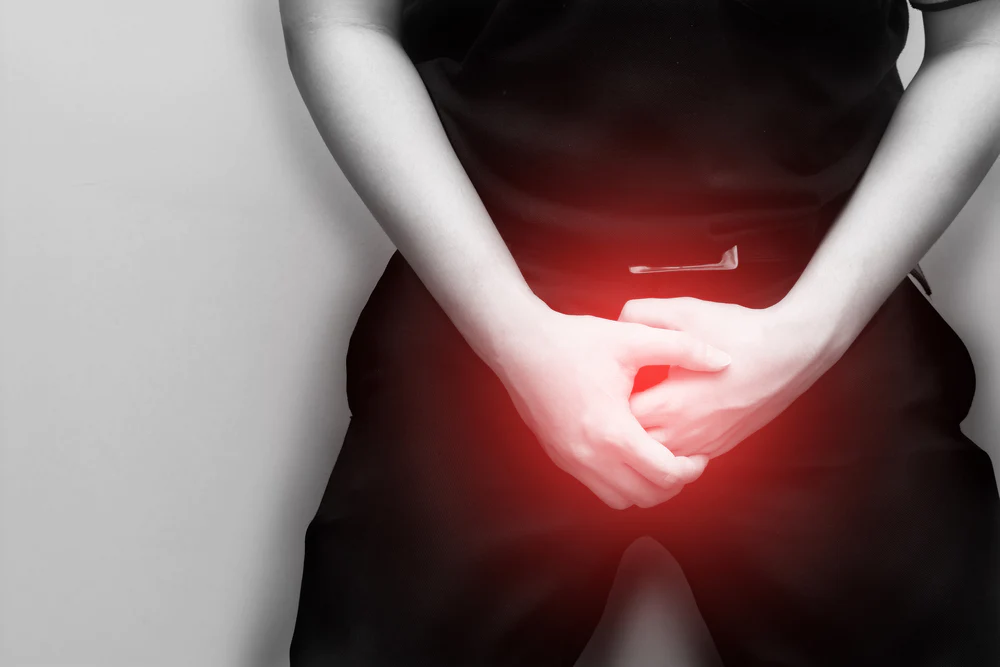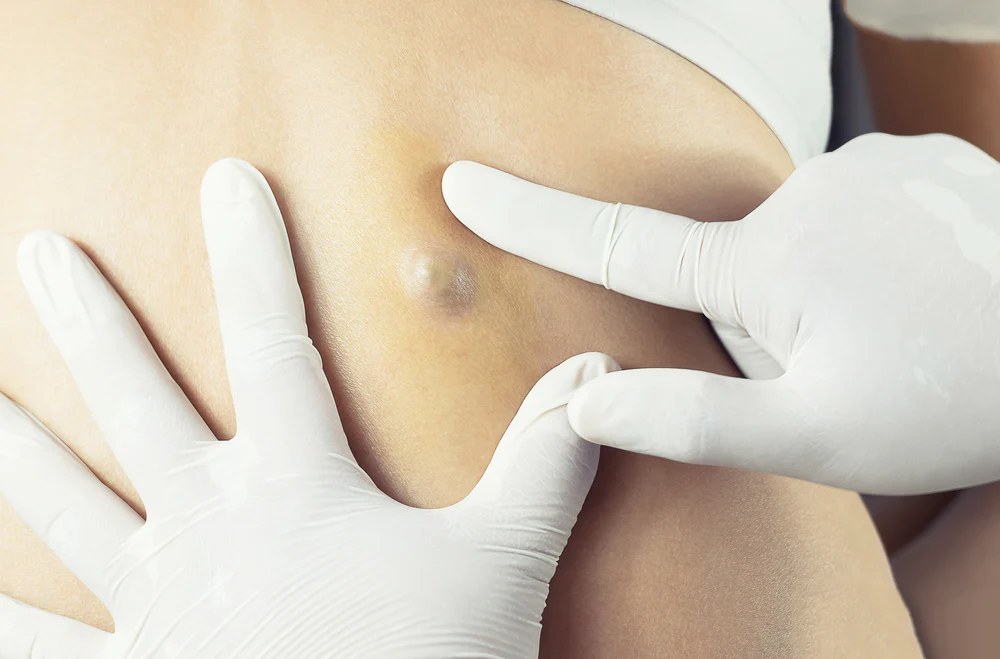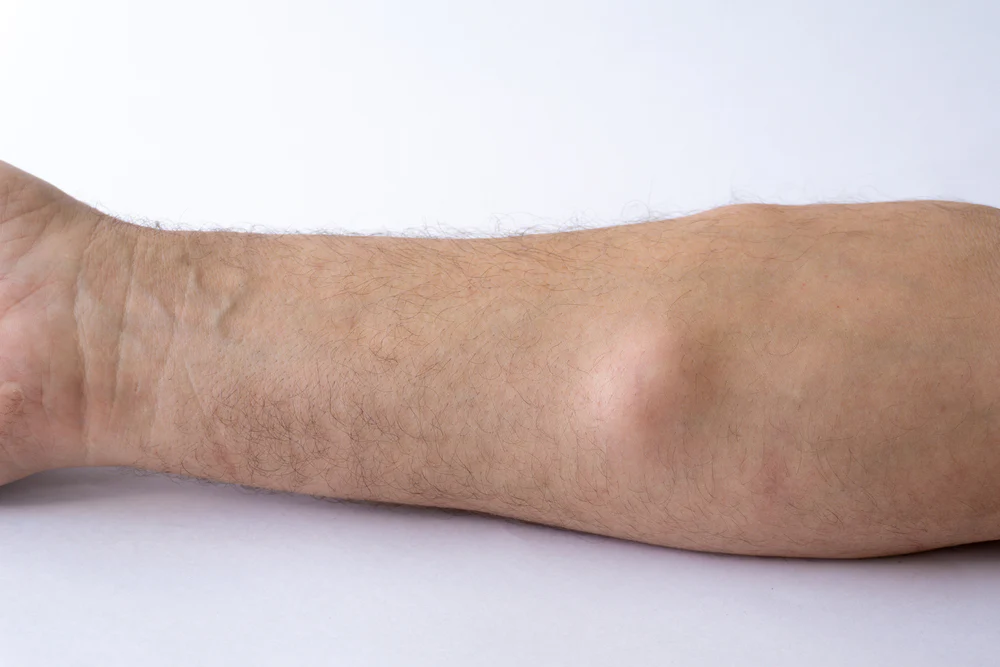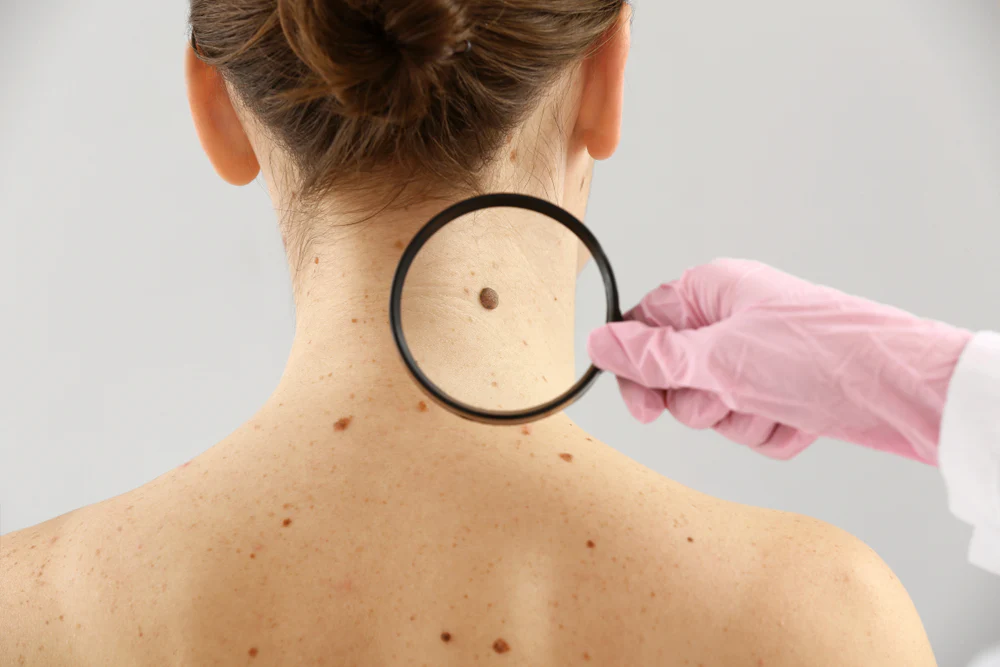Understanding Genital Warts: Causes, Symptoms, and Treatment Options
Human papillomavirus is the virus that causes genital warts, which are a type of sexually transmitted infection (HPV). They are small growths that look like flesh and can show up in the genital area, the anus, or the throat. Genital warts can hurt and make you feel bad, but they can be treated and removed.
What causes warts on the genitalia?
The human papillomavirus (HPV), which is a sexually transmitted infection, causes genital warts. HPV is very contagious and can be spread through vaginal, anal, and oral sex.
Genital warts may not cause any symptoms, but they can be seen as small, flesh-colored growths on the genital area, anus, or throat. Some people with genital warts feel itchy, burned, and uncomfortable.
Options for Treatment: Genital warts can be treated and taken care of in a number of ways, such as:
Liquid nitrogen can be used to freeze and get rid of genital warts.
Surgical excision: Warts can be taken off by cutting them off in a hospital.
In electrosurgery, high-frequency electrical currents can be used to kill genital warts.
Human papillomavirus causes genital warts, which are a type of sexually transmitted infection (HPV). They can look like small, flesh-colored bumps on the genital area, anus, or throat, and they can itch, burn, and make you feel uncomfortable. There are many ways to treat and get rid of genital warts, such as cryotherapy, surgical removal, and electrosurgery. If you have genital warts or think you may have been exposed to HPV, see a dermatologist at Revitalise London Dermatology Clinic to get a proper diagnosis and treatment plan.




